The Highlands of Roan are a series of high mountain peaks straddling the border of Tennessee and North Carolina. These peaks, protected by the Cherokee National Forest on one side and the Pisgah National Forest on the other, are renowned for exceptional biological diversity and beauty, punctuated by grassy balds, rhododendron gardens, and spruce-fir forests.
The Roan is one of the richest repositories of temperate zone biodiversity on earth, and one of the most scenic and beloved stretches of the Appalachian Trail traverses through the balds along the spine of the massif.
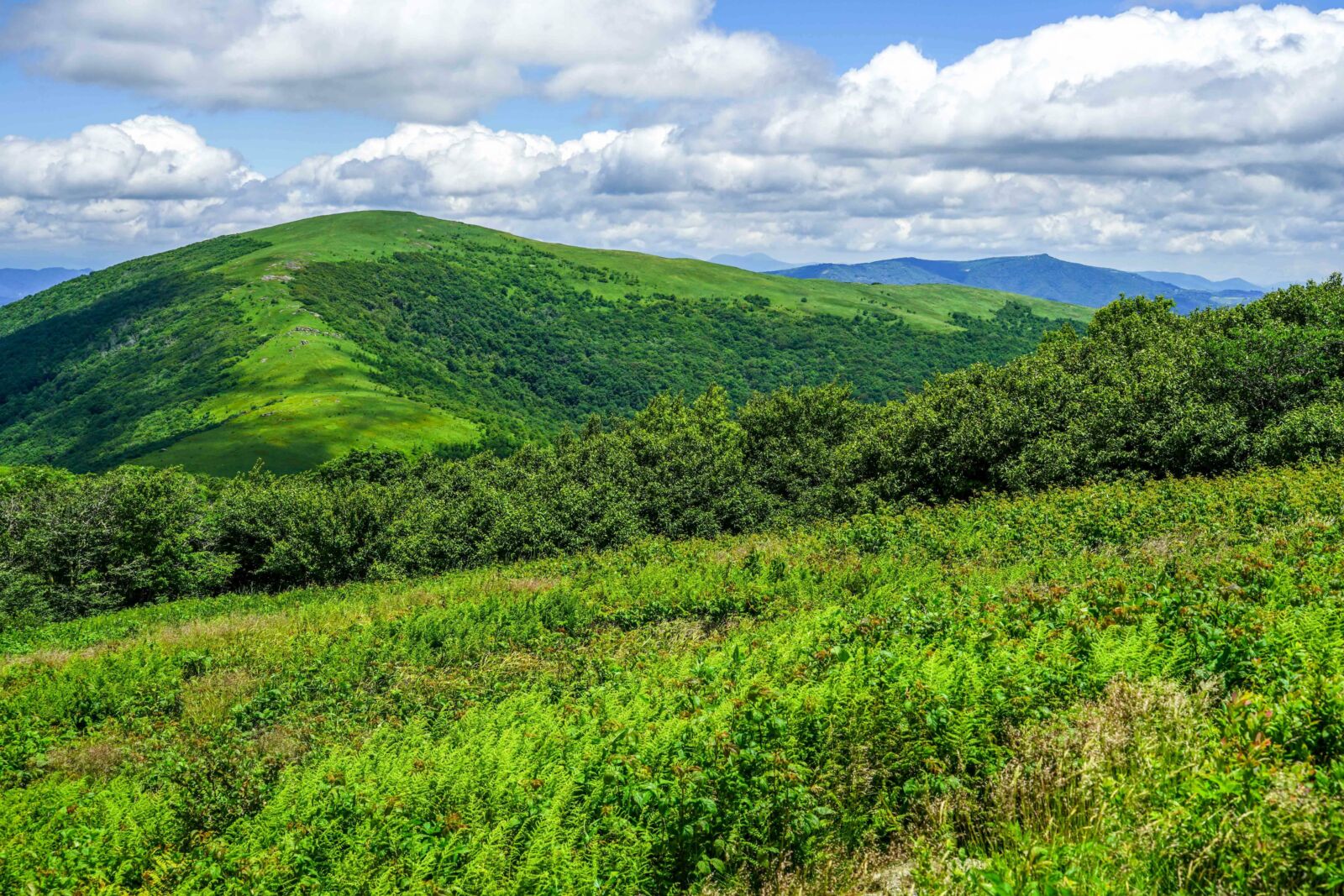
Photo by Travis Bordley
Roan's grassy balds are Ice Age relics - disturbance-based ecosystems, formed during glaciation and kept open afterward by a serious of grazing communities. First, Pleistocene “megaherbivores” like mastodons and ground sloths roamed the mountaintops, later to be replaced by bison and elk. After European settlement, the balds were used to graze cattle, sheep, and horses which helped maintain open conditions and retain many endemic species including the rare Gray’s Lily.
However, with the removal of grazers and the stresses of a changing climate, these open balds are being destroyed by encroachment from woody vegetation. While we work on long term, sustainable solutions, we must continue to restore the balds or they will be lost forever.
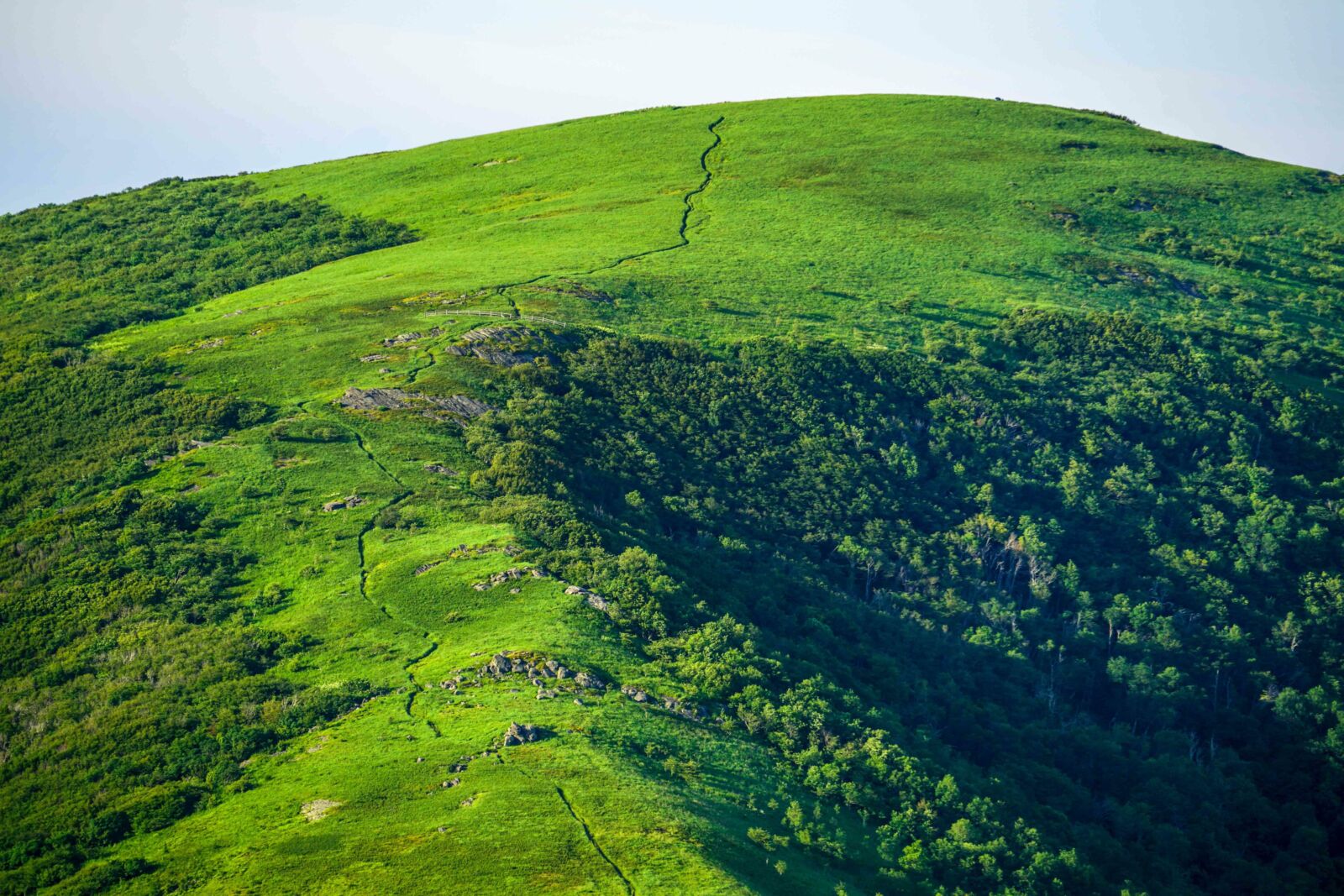
Photo by Travis Bordley
For more than 30 years, Southern Appalachian Highlands Conservancy has led efforts to protect and restore the balds by removing competing woody vegetation, monitoring invasive species, and leading educational efforts. With support from the National Forest Foundation Matching Awards Program in the summer of 2018 we led volunteers in more than 1800 hours of hands-on work, using brush cutters and hand tools to remove woody vegetation and restore almost 30 acres of this fragile habitat.
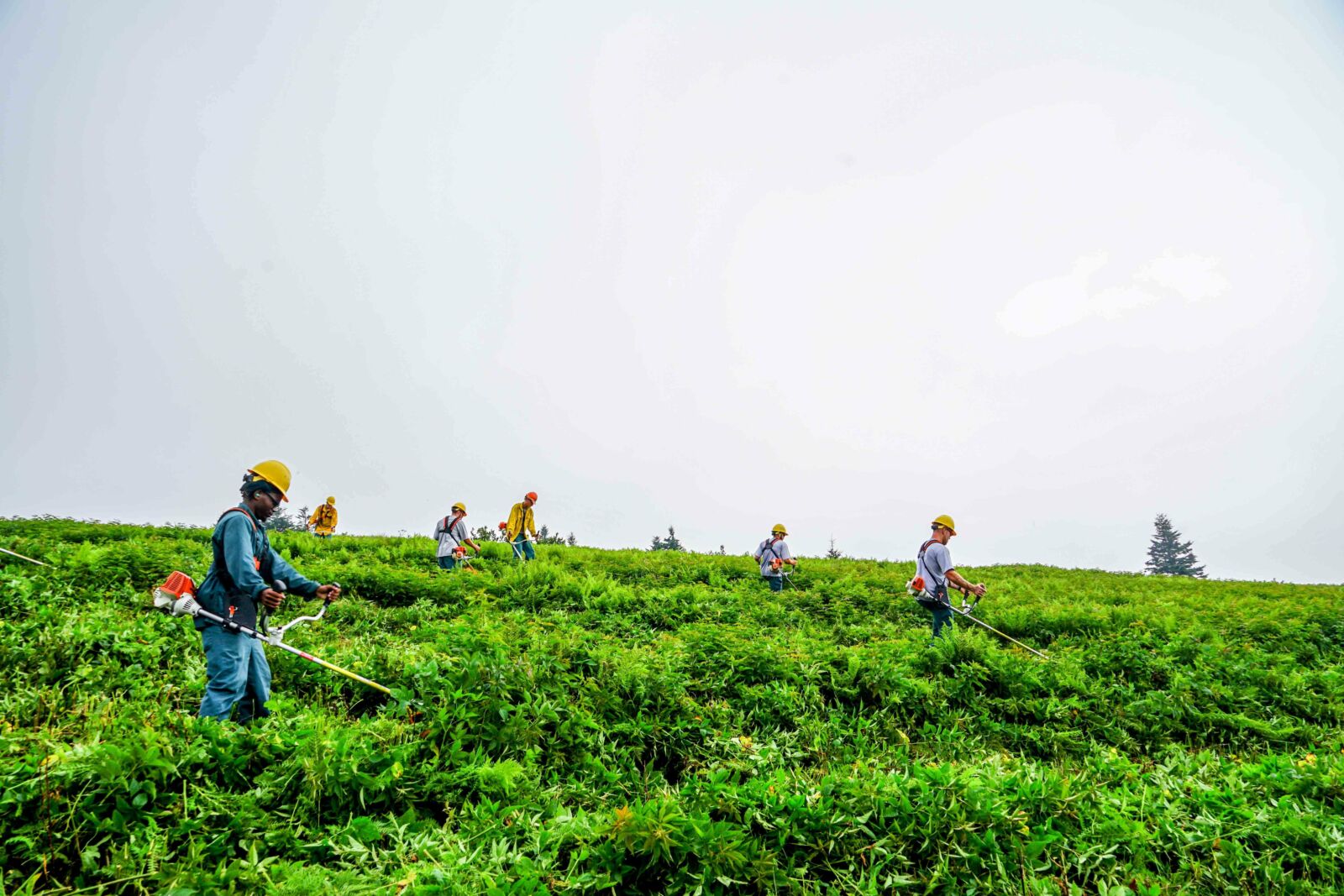
Photo by Travis Bordley
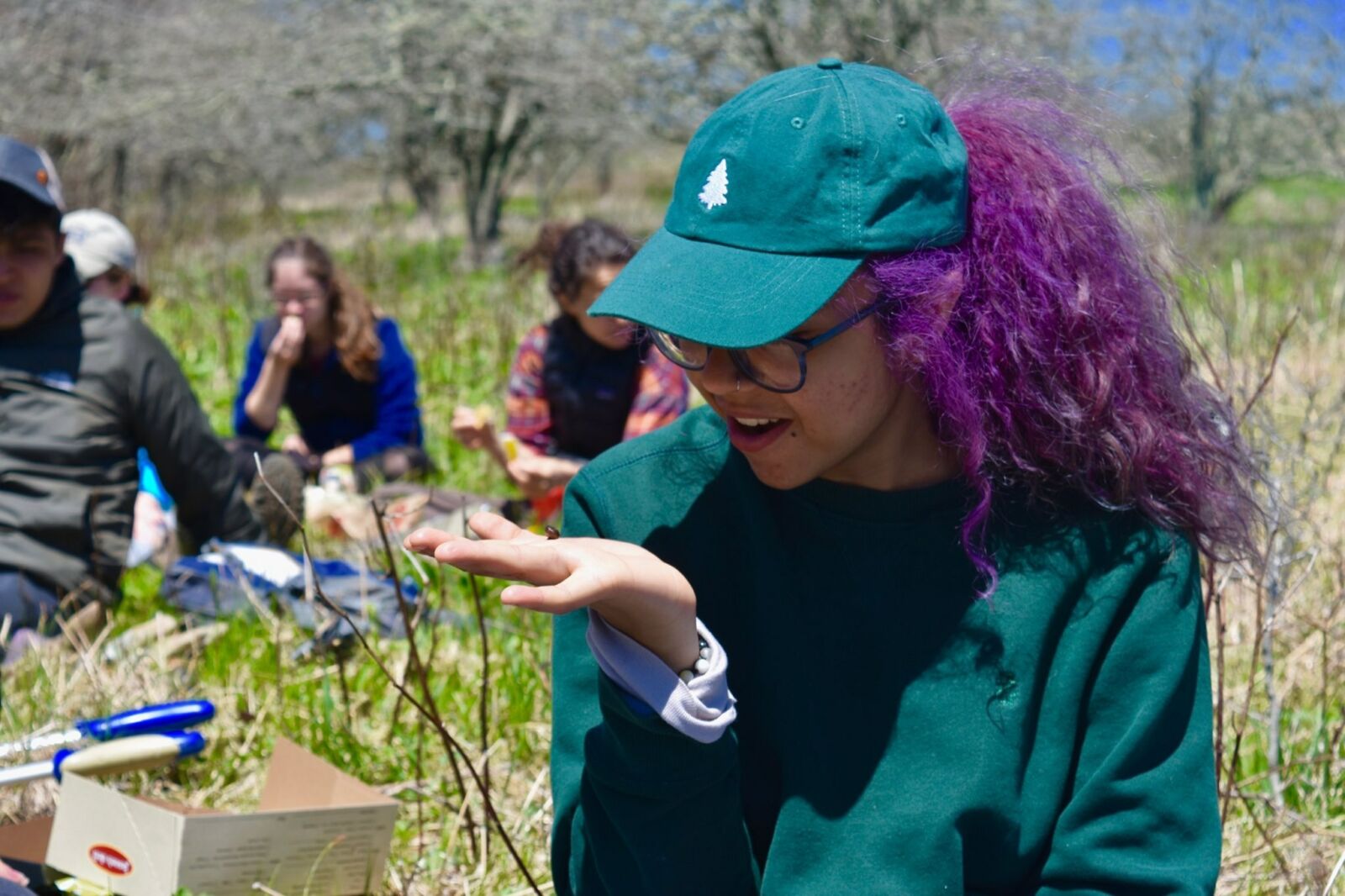
The window for grassy balds management spans roughly three weeks in late summer, and coordinating multiple volunteer events during this time requires the organization of many moving parts - including working in two states and two National Forests! But, for many of our volunteers, attending these events creates a deep sense of appreciation and dedication to these unique highland places.
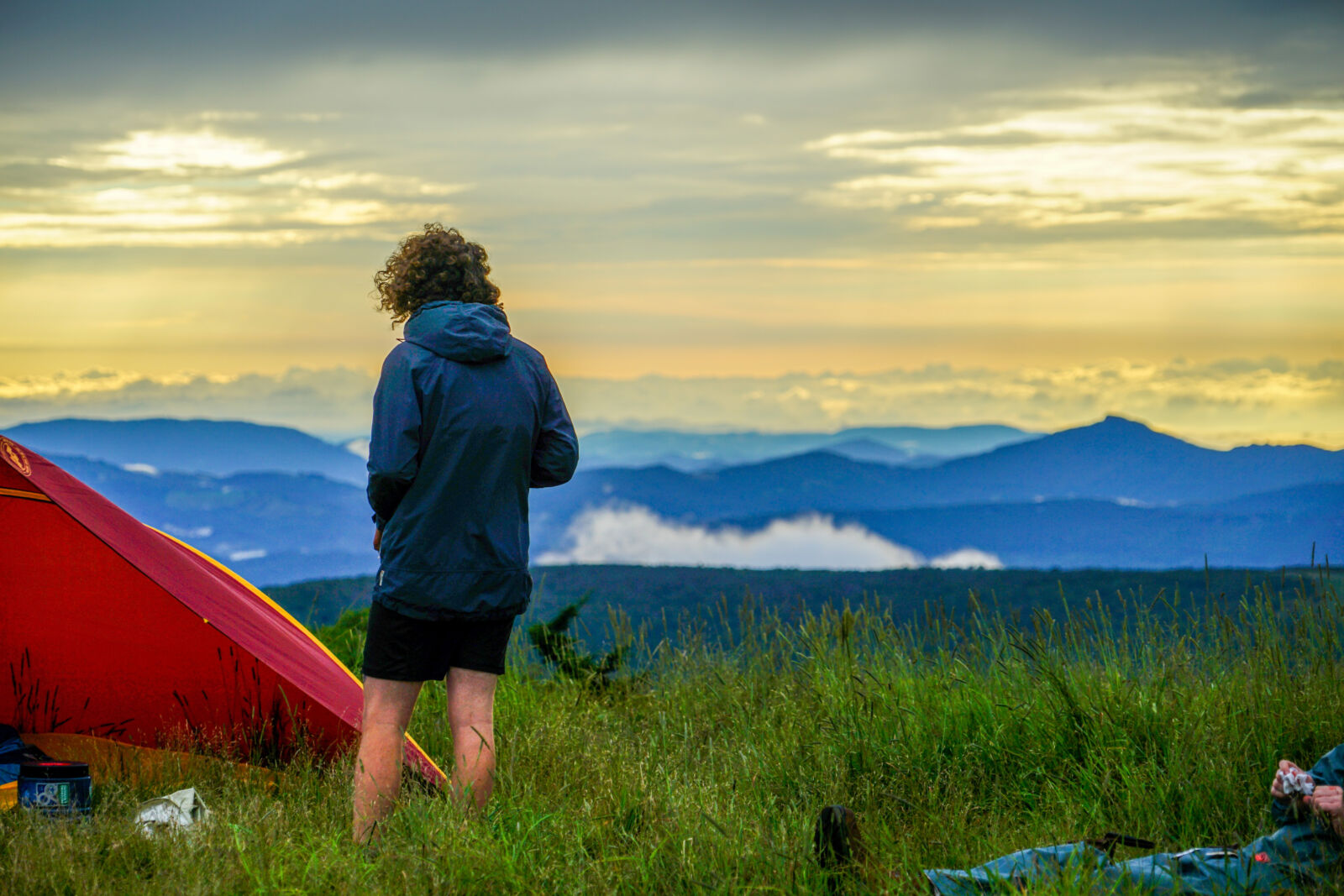
Photo by Travis Bordley
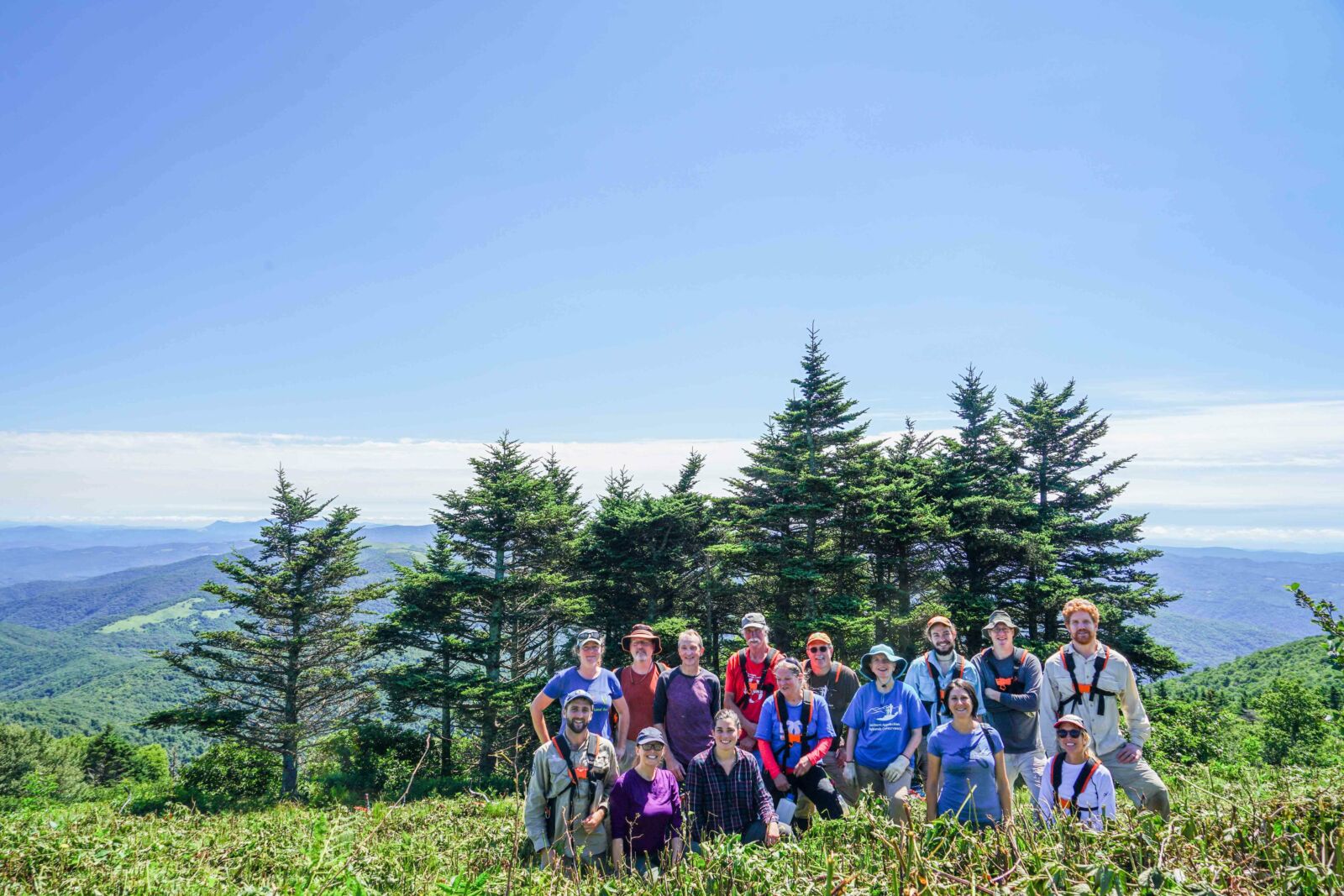
Photo by Travis Bordley
With the continued hard work of our volunteers and support from partners like the National Forest Foundation we believe that these relic, open grasslands will remain for future generations to explore.

